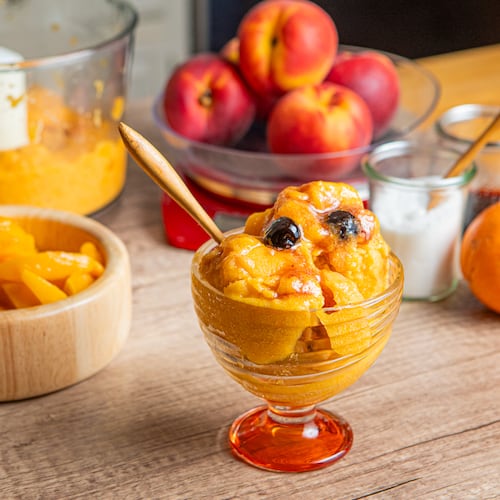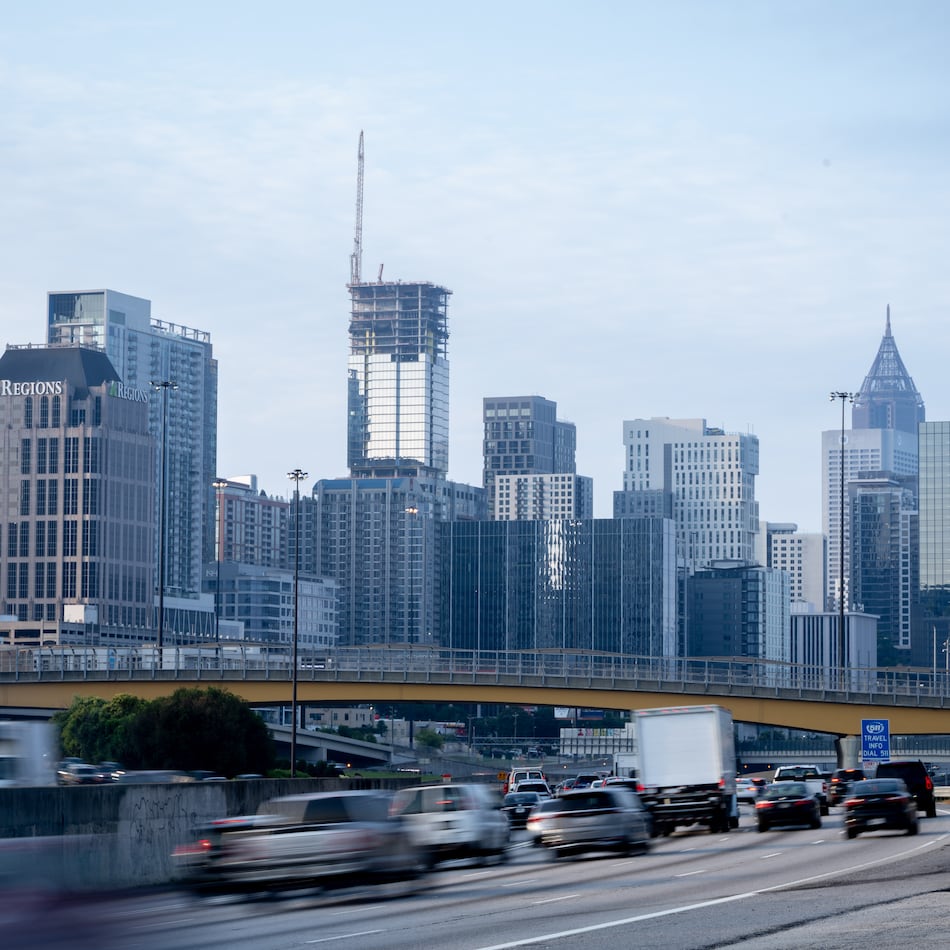Where to donate fresh produce to feed the hungry
Atlanta Community Food Bank, 732 Joseph E. Lowery Blvd. N.W., Atlanta. 404-892-9822, acfb.org.
Clifton Sanctuary Ministries, 369 Connecticut Ave. N.E., Atlanta. 404-373-3253, cliftonsanctuary.com.
Crossroads, 435 Peachtree St. N.E., Atlanta. 404-873-7652, crossroadsatlanta.org.
Hosea Feed the Hungry, 1035 Donnelly Ave. S.W., Atlanta. 404-755-3353, 4hosea.org.
Mercy Community Church, 1026 Ponce de Leon Ave. N.E., Atlanta. 404-803-5075, mercyonline.net.
The United Methodist Children's Home, 500 S. Columbia Drive, Decatur. 404-327-5820, umchildrenshome.org.
If you want to submit your fruit tree for harvesting, or want to join in a group pick, contact Concrete Jungle at info@concrete-jungle.org. If you want to strike out on your own, consult Concrete Jungle's map of edible trees and plants in Atlanta at concrete-jungle.org/food-map.
As I drove up to the security checkpoint at the Governor’s Mansion in swanky Buckhead, I mentally prepared myself to be turned away. After all, I had a rather odd request: to pick some kale from the plants flanking Gov. Nathan Deal’s front gates.
I pleaded my case to grounds supervisor Joey Duffy, who told me that, no, I couldn’t take any kale that was currently growing, as it was being used as ornamentation. However, they were pulling the greens up in a few days, and, after that, I could take as many whole plants as I liked.
The following Tuesday, I again drove up to the gates of the Governor’s Mansion. “The girl is here for the kale,” radioed the security guard, ushering me through. I was directed to a massive, neatly piled mound of greens, about 3 feet high and 5 feet square. I set to sorting through the heap, selecting the least wilted specimens of red Russian, lacinato and curly kale. When my trunk refused to fit another leaf, I drove away — though the pile I left behind seemed barely diminished.
At a loss with how to use more than 20 pounds of kale, I called Concrete Jungle, an urban foraging collective based in Atlanta. After learning my location, they pointed me toward Mercy Community Church, which offers open meals four days a week. I washed, dried and bundled the kale into manageable portions and drove them to the church, leaving the greens with Chad Hyatt, co-pastor and founder of Mercy, who seemed truly excited to see my bags of brassicas.
The kale was off my hands, but my urban foraging experience began to nag me. If I hadn’t approached the Governor’s Mansion, the kale would be rotting in a landfill instead of feeding people. What other edible plants — ornamental, wild or otherwise — were hiding in plain sight?
Decorative, edible plants and trees can be found throughout Atlanta. Stalks of rainbow chard accent mailboxes. Red Russian kale lines the walkway to doctors’ offices. Potted rosemary bushes grow rampant outside of cafes. These plants offer aesthetic value and charm, but what becomes of them when their visual purpose has been served?
Unfortunately, they are almost always thrown away. As with the wilted arugula in your salad crisper and the aesthetically imperfect produce deemed too “ugly” to sell in stores, these edibles often end up slowly decomposing in a landfill.
The U.S. Department of Agriculture estimates that somewhere between 30 percent and 40 percent of all food cultivated in the U.S. is wasted. At the same time, Feeding America, a nationwide network of food banks, reports that roughly one in seven people struggles to get enough to eat. These statistics point to a glaring disconnect in our food system.
Fortunately, there are steps we can take to reduce food waste on a micro level: purchasing only as many groceries as are needed, using all parts of said groceries, and starting a compost pile — to name a few. For those who want to take their conservation a step further, open your mind to urban foraging.
“We encourage people who want to donate any produce,” said Kyle Waide, president and CEO of the Atlanta Community Food Bank. Whether the fruits and vegetables come from a backyard garden or a gleaning organization like Concrete Jungle, all fresh donations are welcome.
“Currently, the best way to get your produce to the hungry is to drop it off at one of our partner agencies,” Waide said.
Those partner agencies can be anything from a local food pantry to a church soup kitchen, most of which thrive on smaller-scale donations.
“Yes, we love individual produce donations,” said Maggie Leonard, co-pastor at Mercy Community Church. “They’re easier to use up before they go bad.”
No matter where you bring your produce, it most likely will be welcomed with open arms. As with many smaller meal-providing organizations, Mercy operates almost entirely off in-kind donations, which most often consist of bread, sandwiches and shelf-stable items.
“Fresh fruits and vegetables are the hardest things to get our hands on,” Leonard said. “We’ll take anything people want to give us.”
Keen to jump on the urban foraging-for-charity bandwagon? Just remember to secure permission from the owners first, since you’re picking edibles that aren’t on your property. It’s also helpful to line up an organization to which you can donate your bounty before you harvest, since most produce won’t survive long once picked.
About the Author
The Latest
Featured

